Rhinoplasty is one of the most sought-after cosmetic procedures today. Not only does it help create a more balanced and refined appearance, but in some cases, it can also improve breathing function. To give you a clearer and more complete perspective, this article, Rhinoplasty Experience gathers the most frequently asked questions about rhinoplasty along with detailed and easy-to-understand answers.
Frequently asked questions about rhinoplasty
Rhinoplasty is one of the most popular cosmetic procedures to enhance facial harmony. However, before deciding to undergo surgery, many people have questions that need to be answered. Below are some of the most frequently asked questions about rhinoplasty to give you a clearer and more complete understanding of this procedure:
1. What is rhinoplasty?
Rhinoplasty is a cosmetic surgery that improves the shape or structure of the nose. It can be done for aesthetic purposes to create a more balanced, harmonious face, or for medical reasons such as correcting a deviated septum and improving breathing.
During rhinoplasty, the surgeon may adjust bone, cartilage, or soft tissue to reshape the nose. It is one of the most common cosmetic surgeries, as it not only enhances appearance and confidence but also improves quality of life.
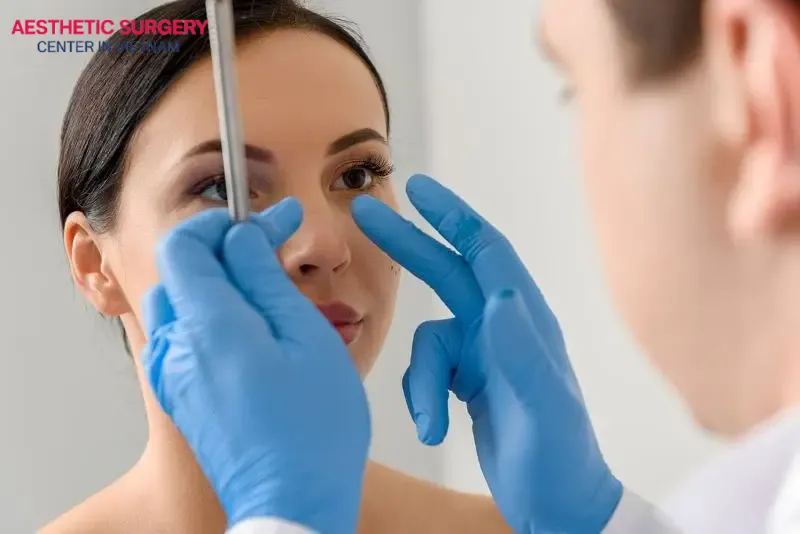
2. What specific changes can I make to my nose?
Rhinoplasty is a procedure that can refine small details to make the nose more harmonious with the face. Some common changes patients choose to enhance their appearance include:
- Smoothing a dorsal hump to make the nose look straighter and softer.
- Reshaping the tip of the nose for a more refined and defined look.
- Narrowing the nostrils to create a more delicate and balanced look.
- Straightening a crooked nose to correct asymmetry caused by genetics or injury.
- Balancing the nose with the cheeks and chin to achieve ideal facial proportions (upper, middle, and lower thirds).
- Gently raising the nasal bridge to make the eyes appear deeper and more captivating.
- Creating a moderately high nose bridge for a brighter, more youthful look.
3. Is rhinoplasty cosmetic or reconstructive?
Rhinoplasty can be performed for cosmetic or reconstructive purposes, and in many cases, both go hand in hand. The goal of cosmetic rhinoplasty is to refine the nose shape for a more balanced and harmonious face. Reconstructive rhinoplasty, on the other hand, often involves correcting internal structures, such as a deviated septum or breathing issues.
Today, surgeons focus on both aesthetics and function in every rhinoplasty, ensuring the nose not only looks beautiful but also works better.
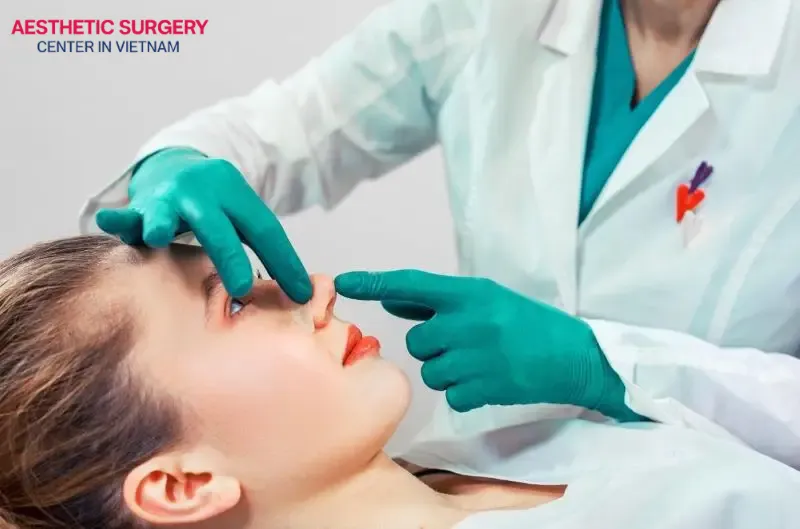
4. What are the benefits of rhinoplasty?
The benefits you can expect after rhinoplasty often depend on your personal goals. When done for cosmetic purposes, rhinoplasty helps refine the nose to better harmonize with your facial features. Surgeons may perform specific adjustments such as the following to create balance and enhance your confidence in daily interactions:
- Refining the nasal tip for a neater, more balanced look.
- Reshaping the nasal bridge to correct humps or crookedness.
- Adjusting the overall size of the nose.
- Reducing or widening the nostrils based on your needs.
In addition, rhinoplasty can also improve function. In many cases, it is combined with septoplasty or sinus surgery. This approach helps improve airflow, reduce chronic nasal congestion, and make breathing easier and more comfortable.

5. What is the difference between open and closed rhinoplasty?
Open and closed rhinoplasty mainly differ in the location of the incisions. In closed rhinoplasty, all incisions are placed inside the nose, leaving no visible scars on the outside and allowing for faster recovery. This method is often chosen for minor corrections when the nose shape is not too complex.
In contrast, open rhinoplasty involves a small incision across the columella, the tissue between the nostrils, allowing the surgeon better visibility and more precise adjustments to the nasal structure. This technique is especially suitable for patients needing detailed corrections or revision surgery after a previous procedure.
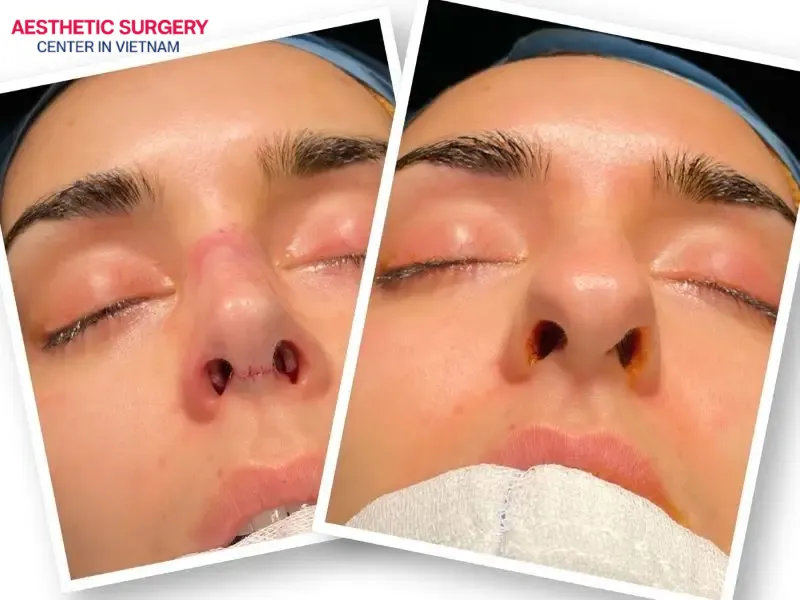
6. Who is the candidate for rhinoplasty?
People usually consider this procedure when they feel their nose is not well balanced or when they have breathing issues. Below are some common cases you can review to see if rhinoplasty might be the right option for you:
- Those with a low or flat nasal bridge that does not harmonize with the face.
- Those with a hump, crooked, or deviated nose caused by genetics or injury.
- Those who have breathing difficulties caused by a deviated septum.
- Those in good overall health and eligible for surgery.
- Those who wish to enhance their appearance and have realistic expectations about the results.
7. What kind of anesthesia is used for surgery?
In most rhinoplasty procedures, local anesthesia is used instead of general anesthesia, depending on each patient’s needs and health condition.
This means anesthesia is applied only to the nose area being treated, so the patient feels no pain or discomfort during the procedure. They remain awake and aware of their surroundings, but have no sensation in the nose itself.
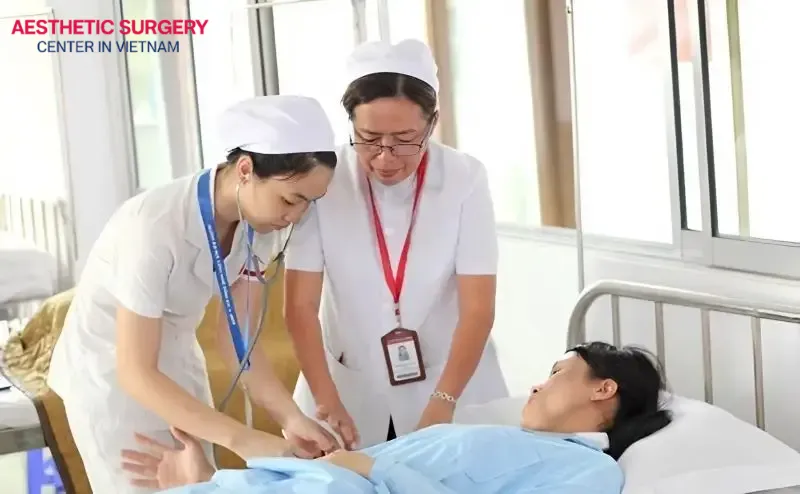
8. Where will the incisions be made?
The location of the incisions depends on the rhinoplasty method you choose. With closed rhinoplasty, all incisions are placed inside the nostrils, leaving no visible scars. With open rhinoplasty, the surgeon makes a small incision between the nostrils for better visibility and precise adjustments to the internal structure. In both cases, the incisions are carefully made to ensure aesthetics and support a smooth recovery.
9. How long does a rhinoplasty procedure take?
Today, a rhinoplasty procedure usually takes about 2 to 3 hours, depending on the complexity and technique used. Simple corrections may take less time, while more detailed adjustments or revision surgeries can take longer.
However, before the procedure, you should consult with your surgeon to understand the estimated time for your specific case.
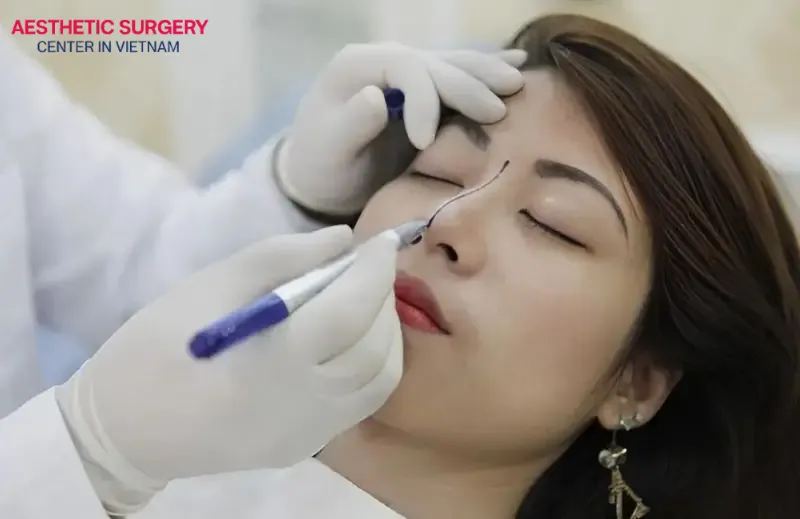
10. What is recovery like?
After surgery, it’s common for the nose to be slightly swollen and bruised for the first few days, which will gradually subside. Most patients can return to normal activities after about two weeks, but it usually takes 3–6 months for the nose to fully settle into a natural shape. Proper aftercare and follow-up visits during recovery play an important role in achieving the best results.
11. How much does rhinoplasty cost?
The cost of rhinoplasty often depends on several factors, including the technique used, the type of implant material, the surgeon’s expertise, and the reputation of the clinic.
In Vietnam, the cost of rhinoplasty typically starts from 15,000,000 – 17,000,000 VND, depending on the method you choose. Before making a decision, it’s best to review the detailed price list and have a direct consultation to select the option that best fits both your budget and personal needs.
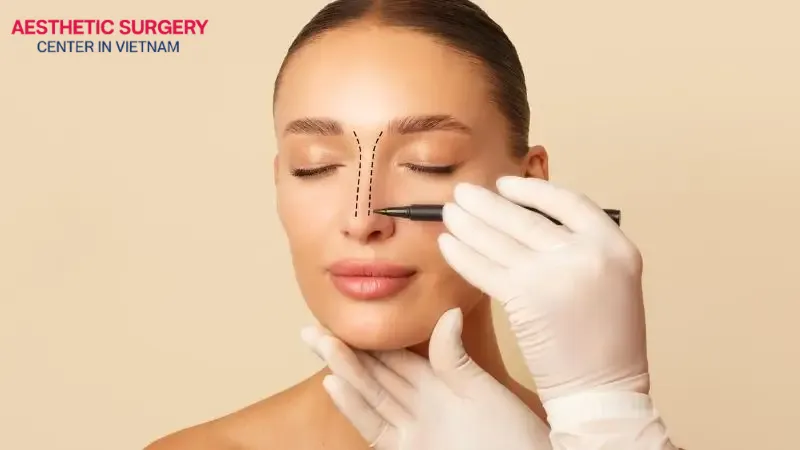
12. Will insurance cover my surgery?
Generally, health insurance does not cover rhinoplasty for cosmetic purposes. However, if the surgery is performed for medical reasons such as correcting a deviated septum, improving breathing, or reconstructing the nose after an injury, partial coverage may be considered. Coverage depends on the policies of each insurance provider.
13. Can rhinoplasty be redone after the first procedure?
If the results of a rhinoplasty are not as expected or issues arise over time, revision surgery is possible. However, revision rhinoplasty is usually more complex than the initial procedure, requiring highly skilled surgeons and a longer recovery period.
Therefore, you should wait at least 6 to 12 months after the first procedure before considering revision surgery, allowing the nose to fully stabilize.
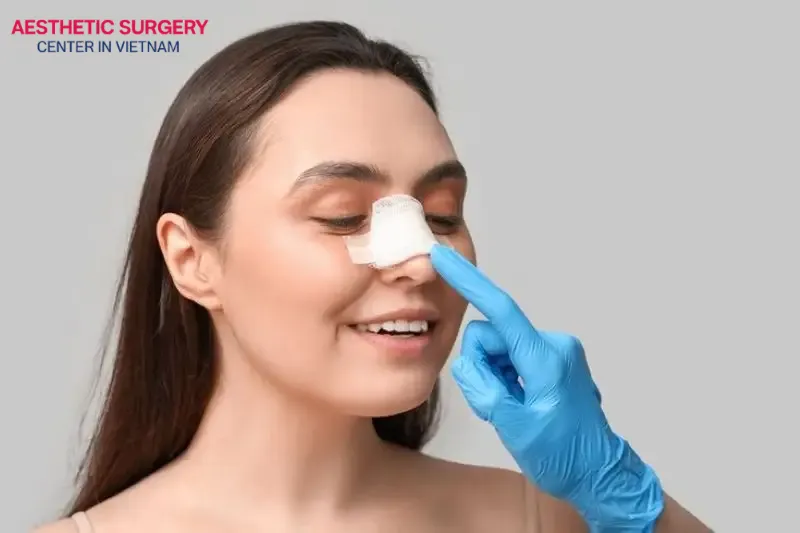
14. Is it possible to have rhinoplasty performed at the same time as other surgeries?
During rhinoplasty, it is possible to combine the procedure with other surgeries. Many patients choose to have rhinoplasty along with additional procedures to achieve a more harmonious aesthetic, such as:
- Eyelid surgery, chin augmentation.
- Facial contouring.
However, combining procedures should be carefully evaluated by the surgeon based on each patient’s health and recovery ability. If you are eligible, having surgeries at the same time can save both costs and recovery time compared to having them separately.
Risks and Possible Complications of Rhinoplasty
Although rhinoplasty is a popular procedure performed by many, it still carries certain risks. Before deciding to undergo surgery, it’s important to understand the possible complications. These may include:
- Swelling and bruising lasting 1–2 weeks, or sometimes longer.
- Infection if post-operative care and hygiene are not properly followed.
- Nose may be misaligned or not achieve the desired shape.
- Scarring may occur with open rhinoplasty.
- Possible reaction to anesthesia.
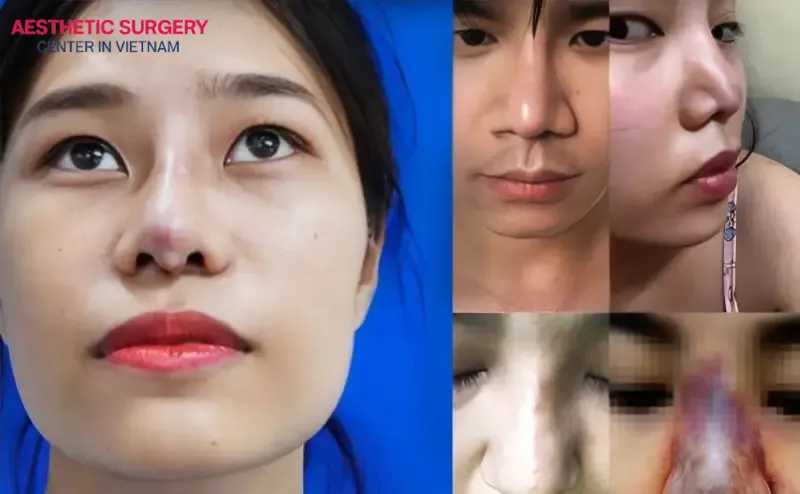
Post-rhinoplasty care tips
To help your nose settle quickly and maintain long-lasting results, it’s important to pay special attention to the post-rhinoplasty period. Here are some care tips you can follow if you have decided to undergo rhinoplasty:
- Gently apply ice packs during the first 1-2 days to reduce swelling.
- Elevate your head while sleeping and avoid lying on your side or putting pressure on the nose.
- Limit or avoid wearing glasses for 4-6 weeks to prevent pressure on the nose and protect the results.
- Avoid foods that may cause keloid scars, such as water spinach, seafood, and sticky rice.
- Avoid vigorous activities or high-intensity sports.
- Attend follow-up appointments as scheduled so your surgeon can monitor your recovery.
We hope in this article, Aesthetics Surgery Center has answered your frequently asked questions about rhinoplasty. Most importantly, you should choose a reputable clinic and a highly skilled surgeon to ensure safety and achieve the best aesthetic results.







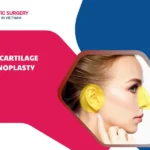



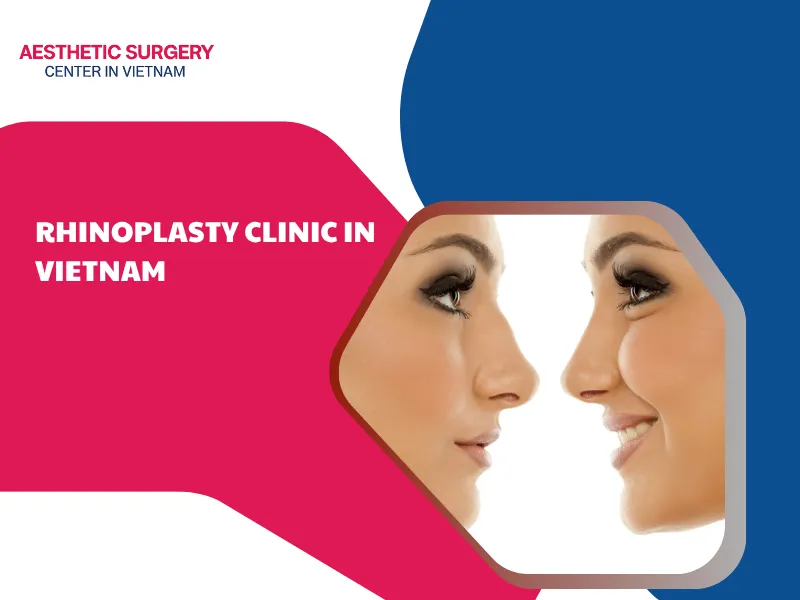
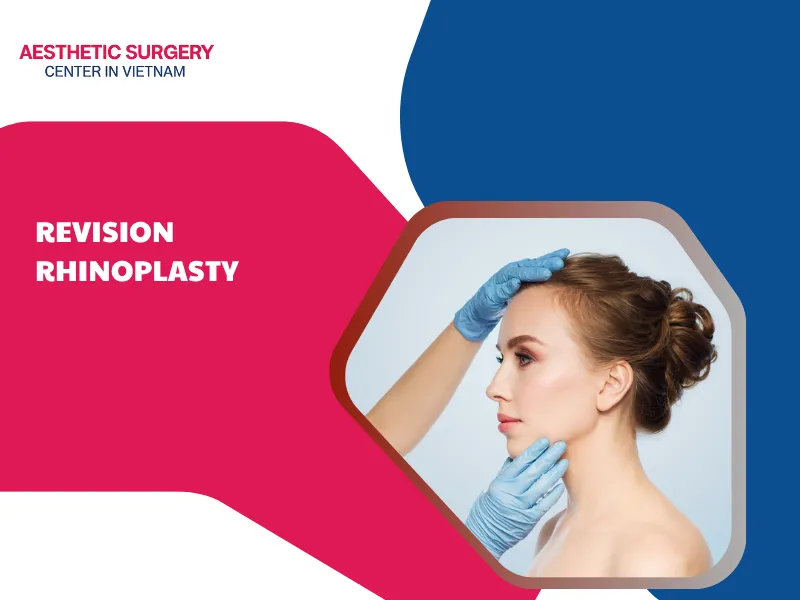
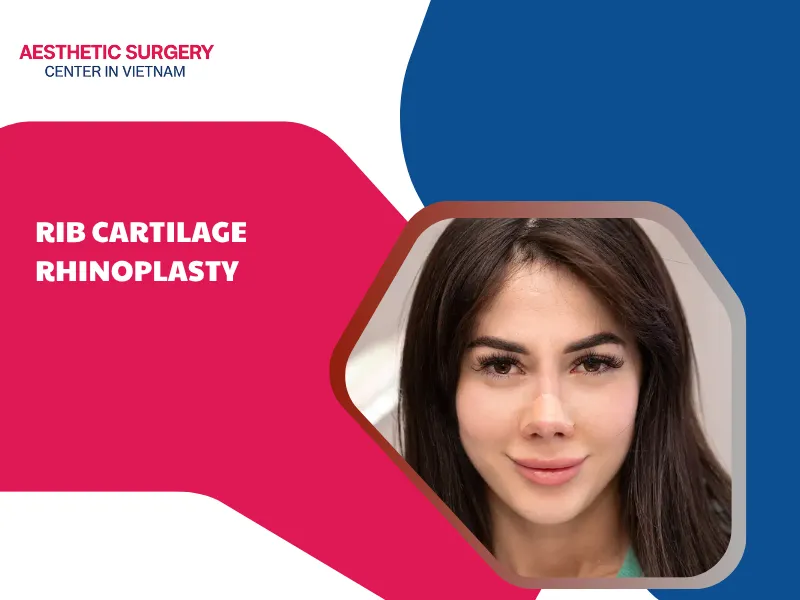
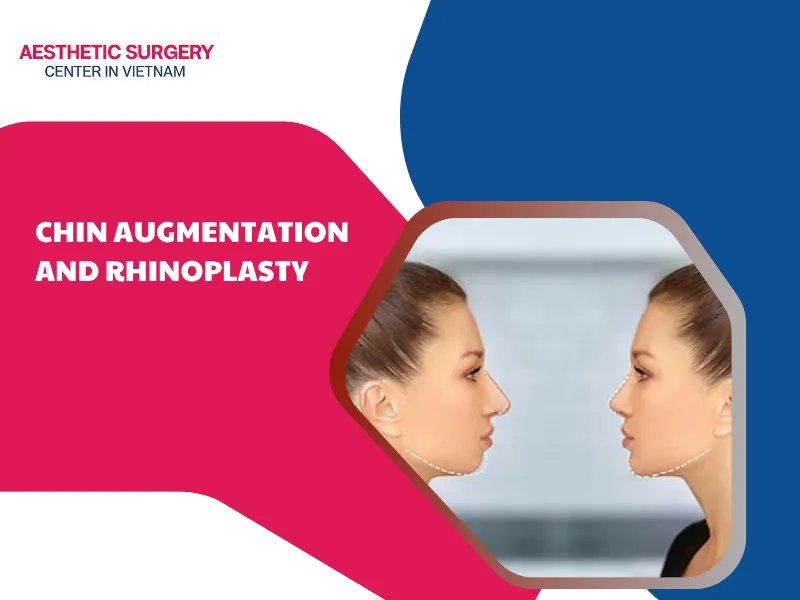
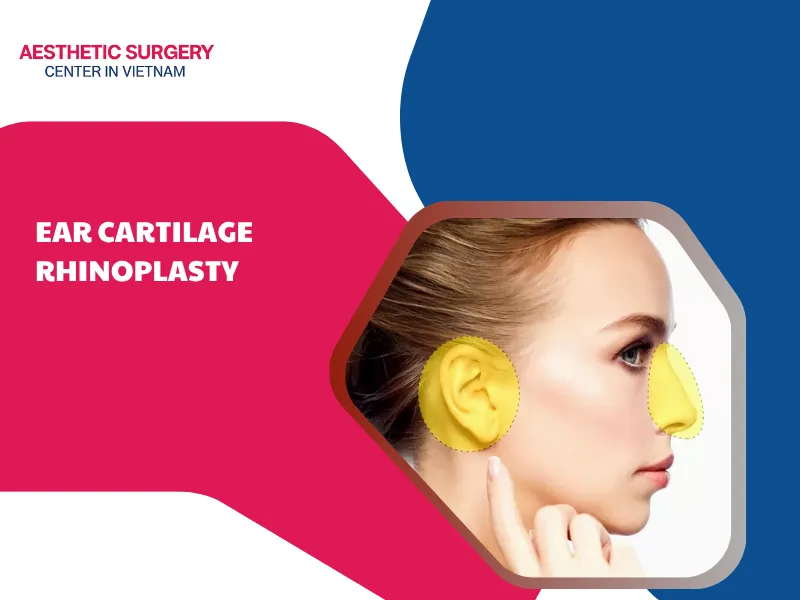




Comment on the post